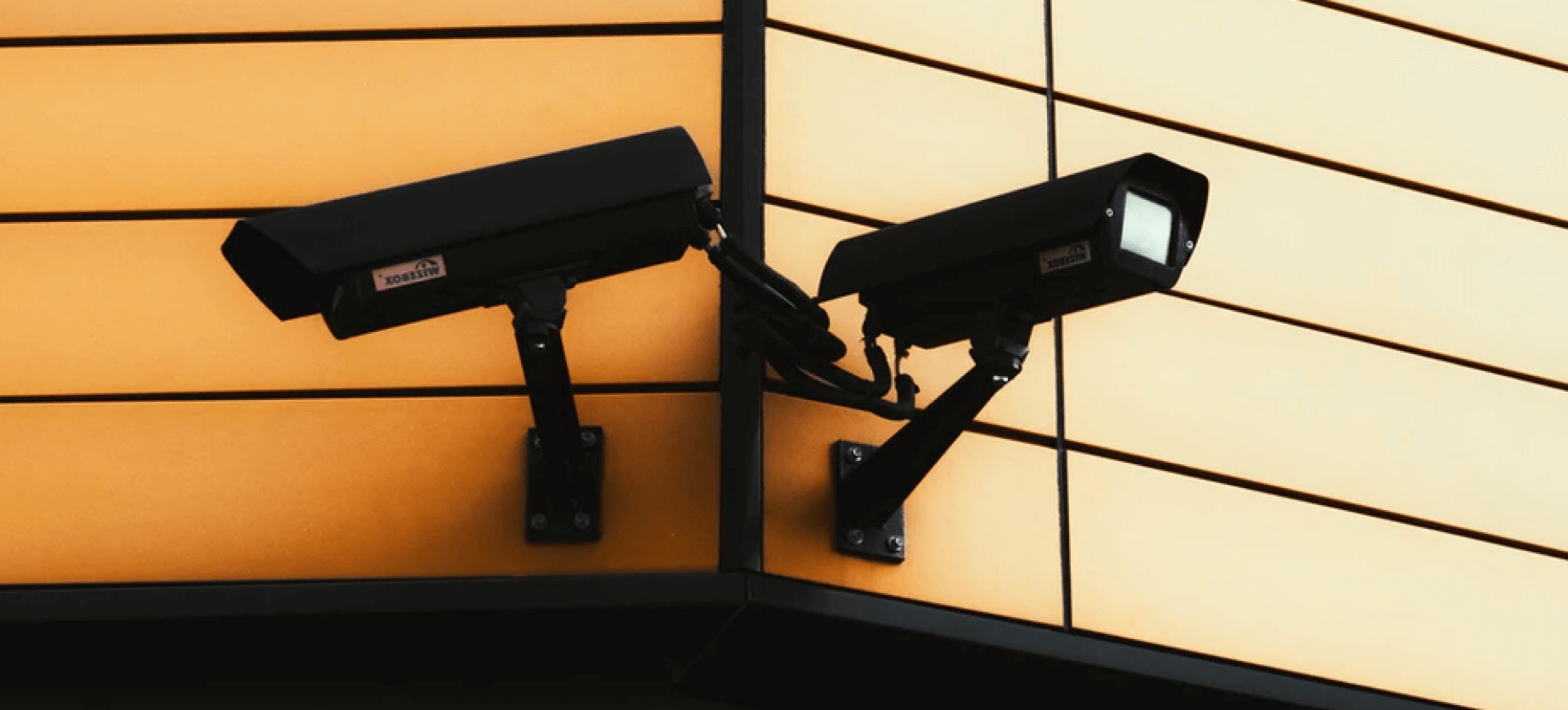
Tzedakah was flying out Chaim Sharf’s wallet, and his accountant was unhappy. The problem wasn’t the charity, which Chaim could easily afford; the problem was that he gave without keeping a record of his donations or a plan for enhancing the tax benefits. “It’s complete bal tashchis,” said the CPA, who also happened to be his brother-in-law. “Using a donor-advised fund (DAF), you can manage your tzedakah accounting in fifteen minutes, so there’s no excuse not to simplify things while getting every penny of available deductions.” What are DAFs, and how are they used to minimize paperwork while maximizing charity tax deductions?
Taking over the charity world
DAF’s are so convenient and useful that they are booming, receiving and granting billions of charity dollars annually. DAF’s are IRS-approved tax-deductible charities which are set up to donate their income to other approved charities based on the advice and recommendations of their donors. Each donor gets an account where their donations are stored until the DAF grants them to the charities selected by the donor. A DAF account is therefore like a store credit, but all you can “buy” is a donation to the charities of your choosing. The largest DAF, Fidelity Charitable, received $10 billion in donations in 2017 and made grants of $4.8 billion to 127,000 charities as requested by donors. Donors across the USA now give 10% of their charity to DAF’s, and that percentage is climbing fast. Here’s why.
Effortless record keeping
Giving via a DAF is so convenient because tax receipts from just one charity, the DAF, are filed, even if hundreds of organizations are assisted annually. When one donates $100,000 annually directly to dozens of mosdos, he needs to keep track of all their receipts to get his full tax deduction. If instead he funnels his $100,000 to a DAF which then makes grants at his request, he needs receipts only from the DAF, not the dozens of charities he sent money to via the DAF. Because his online DAF account always lists the donations received and grants made on his behalf, it is easy to track how much money he put into the DAF and where the money went. This excellent record keeping alone is convenient, but DAF’s have other significant advantages as well.
Low-cost anonymity and tax planning
While DAF donations typically include a memo identifying the donor, there’s also the option of requesting complete anonymity on some or all grants. Beyond interests of matan b’seiser, anonymity helps givers avoid an avalanche of requests for additional money (many charities share their donor lists with others,) and also the counterfeiting of checks given to collectors who may then pass them on. DAF’s also simplify advanced tax-reduction strategies such as the donation of appreciated investments for double tax benefits and front-loading tax deductions to an earlier year and then granting them over time. While these benefits were already available to large donors who set up personal foundations, DAF’s are much easier and cheaper to manage than foundations, and can be useful to donors of all sizes.
The costs and control of DAF’s
DAF’s do come with some strings attached, though, starting with annual management fees ranging from 0.15%–0.6% depending on account size ($1.50–$6 per $1,000). These costs are relatively small considering the significant responsibility, paperwork, and technology required on a DAF’s side. Also, donations to a DAF account are irrevocable: the assets gifted belong to the DAF, not the donor, and managers have the discretion to deny grant requests. While DAF’s typically follow the donors’ charitable wishes, grant requests on behalf of organizations that don’t pass due diligence reviews, perhaps because they’re brand new or have an affiliation with the donor, may be denied. DAF’s also have rules on how accounts are handled after an account owner’s passing and may require that a minimum percentage of each account be granted each year. These caveats are minor, though, and with a bit of homework, people can easily find DAF’s that meet their objectives with minimal concern.
The best way is also easy
In addition to Fidelity, many financial institutions (including Schwab, Vanguard, and Bank of America) sponsor DAFs, as do many community foundations. Deserving special mention are two small but innovative DAFs run by heimishe organizations, The Donors’ Fund and the Orthodox Jewish Community (OJC) fund (see “Just by the Way” below).
Opening a DAF is easy and fast: all offer online or paper enrollment and accept donations via check, bank transfers, and the gifting of stocks in sums as low as $2,000. Once accounts are in place, donors can request grants via the web or phone and will receive detailed tracking of all amounts of money deposited and gifted. Thanks to their simplicity and usefulness, DAFs are now the only way to donate for many people. Sometimes good things come the easy way.
Just by the Way: frum DAFs’ great chap
The frum community is way ahead of the curve in many things, including DAFs. One drawback of DAFs is that, unlike a check or cash, a DAF gift takes time to arrive: telling a collector or a parlor meeting host that money will be granted doesn’t carry the same satisfaction as handing over a donation. OJC and The Donors’ Fund solved this issue by providing donors grant certificates and “checks” which they can hand to meshulachim and mosdos to be redeemed via the DAF. The certificates are the mechanism for the donor’s request that a DAF grant should be made in their name. The fees charged for this unique twist are a bit higher (one-time fees of 1–5% depending on donation size) to reflect the added work and risk required by the DAF, but many donors feel it’s well worth the price. Considering our communities’ dedication to chessed and tzedakah, it’s natural that frum organizations will pioneer ways to make giving even more rewarding.
DAF account?
Read More: Read More











